- Home
- >
- Preservation Archaeology Blog
- >
- Four Generations
(May 31, 2019)—As a Preservation Archaeologist, I think about time in many different ways.
Often, I count time in human generations. Thus: early farmers grew maize in the U.S. Southwest by 200 generations ago (that’s 4,000 years). Or, to humanize it even a bit more—200 grandmothers ago.
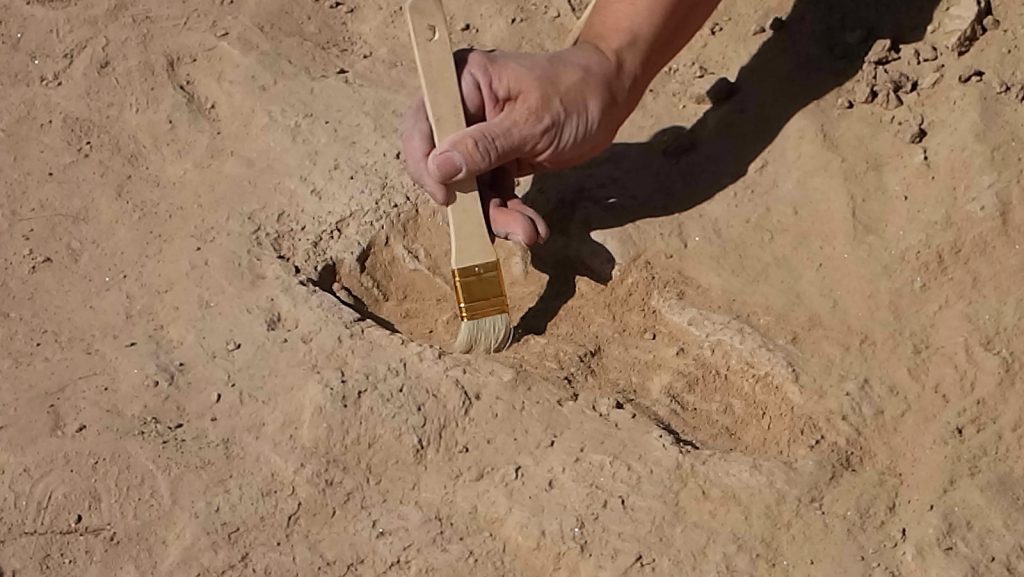
In our site protection work, though, I must grapple with the concept of perpetuity. “Perpetuity” is the legalese for the time frame in which we must protect the archaeological sites we own or hold easements on. “Forever” is far too uncertain and complex to fully imagine, let alone plan for in detail. Therefore, for practical purposes, I set our planning horizon as a century. That’s at least four generations.
For an archaeologist, a century is a rather short time span. And therein lies the rub. We may glibly look backward some 200 generations, but looking forward? We are limited to a mere four.
We do what we can to manage our future uncertainties.
For example, through our research on “big picture” questions like past human migrations that have relevance to modern times, we illustrate the values of our research. And, we share information and new insights broadly from one generation to the next. By highlighting the values of the places we protect, we spark the curiosity of future generations—for it is them on whom we must depend to care about these places at least as much as we do today.
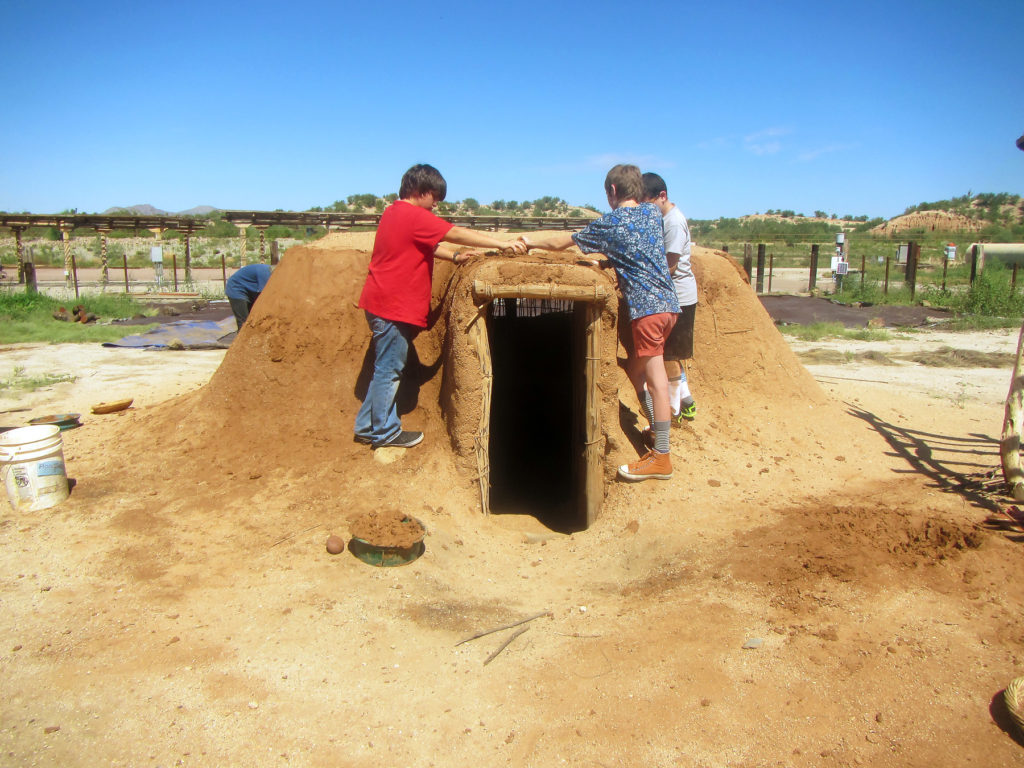
Doing research and sharing it widely is the fun part of Preservation Archaeology. The frankly unnerving part is our need to ponder four generations into the future.
As I do so, I am concerned when I imagine the natural and social environment a century from today. The threats of climate change force this concern higher on my list as time passes. The science is clear. Evidence of direct impacts to our global environment accumulates and accelerates every year. And yet, global release of carbon dioxide continues to grow year after year.
I recently reread my 2003 Back Sight column for Archaeology Southwest Magazine. It featured a graph of 1,425 years of temperature data based on tree-ring measurements in the Flagstaff area. The graph traced a generally sinuous pattern, first above and then below the long-term mean over most of that time span. But since 1940 it only went up, and it went higher than it had over any previous time. My tepid statement at the time was: “Such studies provide an important context for the issue of global warming.”

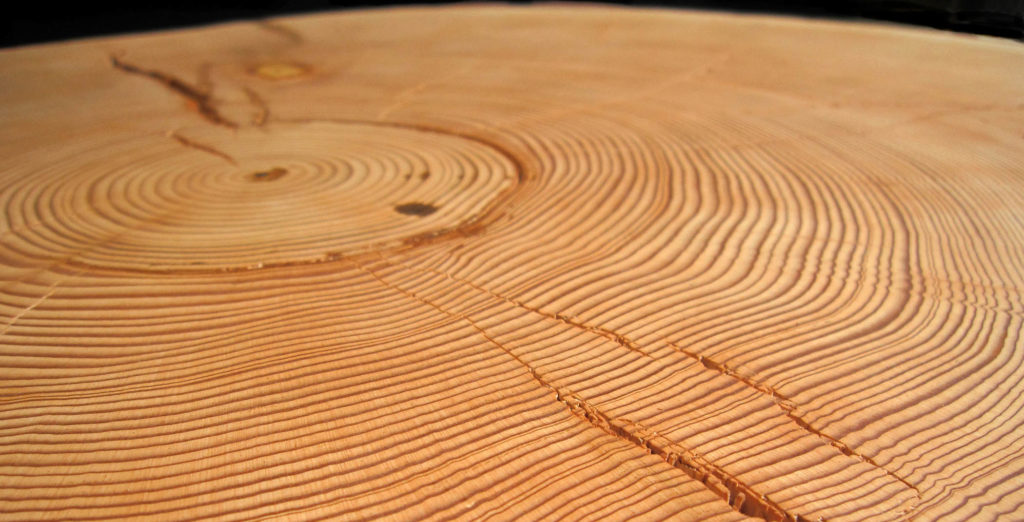
That was 16 years ago, and volumes of new climate information have accumulated since then. After reviewing some of that information, I am struck by two points:
- Paleontologists—scientists who work on much longer time scales than archaeologists—have documented 5 “great extinctions” over the last 450 million years. In each, from 75 to 90+ percent of the living species went extinct. Viviane Richter, writing online in Cosmos, quotes Melbourne Museum paleontologist Rolf Schmidt: “We don’t always know what caused them but most had something to do with rapid climate change.”
- Climate scientists note that the accumulation of carbon dioxide in the atmosphere began with the burning of coal in the mid-1700s. That long time frame might cause us to think that “blame” for the carbon dioxide buildup may be spread broadly. We need to think again. It turns out that the scientific community (and even the oil and gas industry) all agreed that global warming—the greenhouse effect—was real around 1980. More shocking, the amount of carbon dioxide in the atmosphere has DOUBLED in the past 30 years. That’s just a single generation.
Please take a moment to digest those two points. (I know I needed to.)
After reviewing my 2003 graph and comment, I checked current government websites for information that they were sharing. Here are a couple of examples. Both highlight rapid and substantial temperature increases and provide other supporting data.
https://climate.nasa.gov/vital-signs/global-temperature/
https://www.climate.gov/maps-data
These are not the websites of “radical environmentalists.” The National Aeronautics and Space Administration (NASA) and National Oceanic and Atmospheric Administration (NOAA) are official U.S. government websites. (Yes, the same government that withdrew from the Paris Climate Accord and that refuses to allow the phrase “climate change” in executive branch communications.)
Archaeology Southwest is a human-focused, science-based enterprise. We have a responsibility to our members and supporters to engage with the current science related to archaeology and to carefully consider how to honor our commitments to “in perpetuity protection” of archaeological sites. How are those responsibilities affected by changing climate, social conditions, and economic conditions in the near and the more distant future?
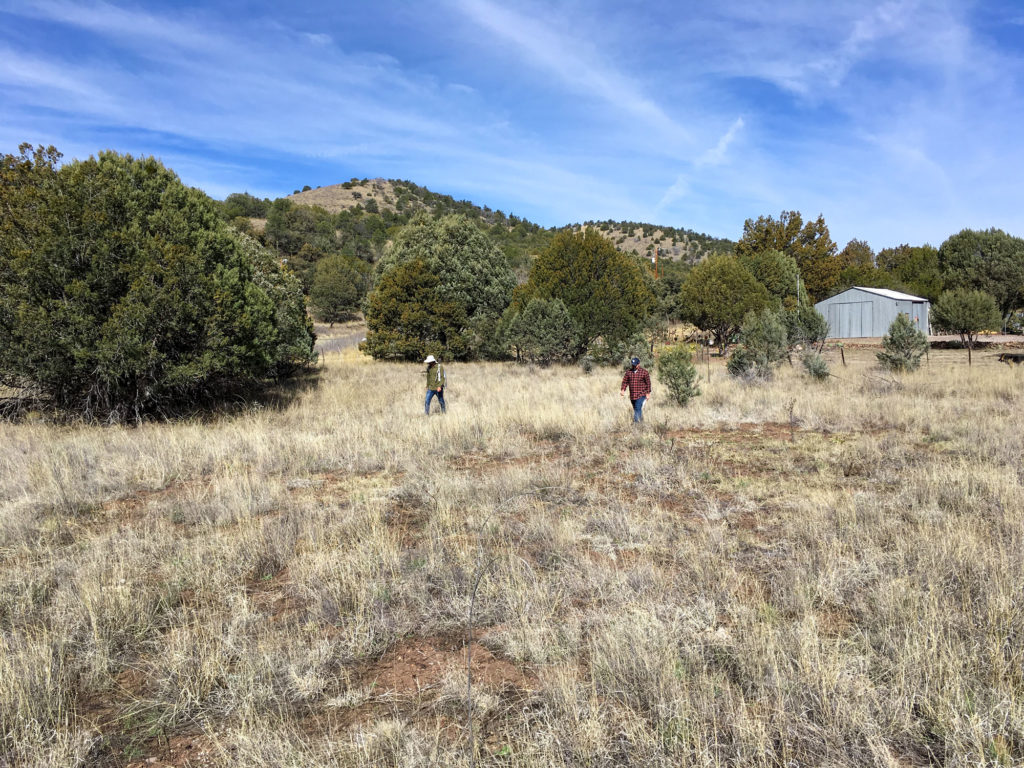
In 2018, journalist Nathaniel Rich wrote an impressive article in the New York Times Magazine titled, “Losing Earth: The decade we almost stopped climate change. A tragedy in two acts.” In the Epilogue he reflected on the lack of effective political action in addressing climate change, despite massive investments of time, dollars, and human energy. He notes, “…we have trained ourselves, whether culturally or evolutionarily, to obsess over the present, worry about the medium term and cast the long term out of our minds, as we might spit out a poison.”
It is perhaps ironic that a Preservation Archaeologist must obsess over the past, the present, and the future. That’s quite a burden. And yet it’s where we work every day.
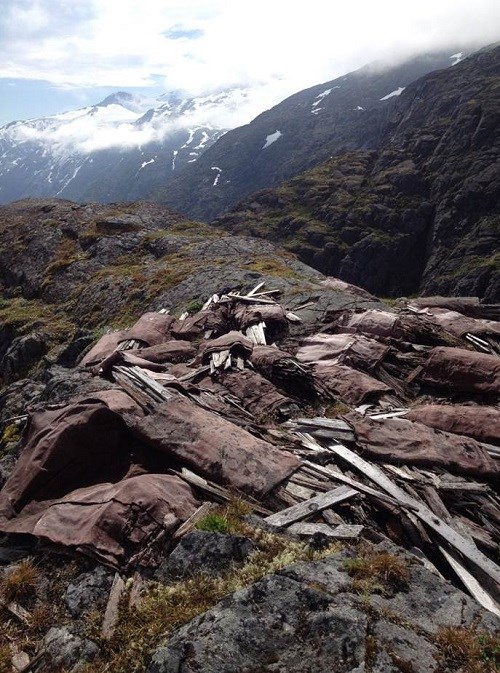
As a Preservation Archaeologist, as this organization’s founder, and as its President and CEO in its first and now second generation (we’re 37 years old) (leave the rest of that math alone), I pledge the following on behalf of Archaeology Southwest. We will:
- Assess the threats that the changing climate might pose for each of our currently protected properties (18 at present).
- Advocate for protections of the nation’s public lands that consider actions favorable to cultural values as well as actions such as delaying energy exploration that would exacerbate climate change.
- Recognize that climate change is a very serious issue and that we have only a single generation to implement dramatic changes in the ways that we as a nation and that the global community must come to terms with a reality that is bigger than we have ever had to address.
- Advocate for the continuation of responsible scientific research and the responsible application of high-quality science to policy development.
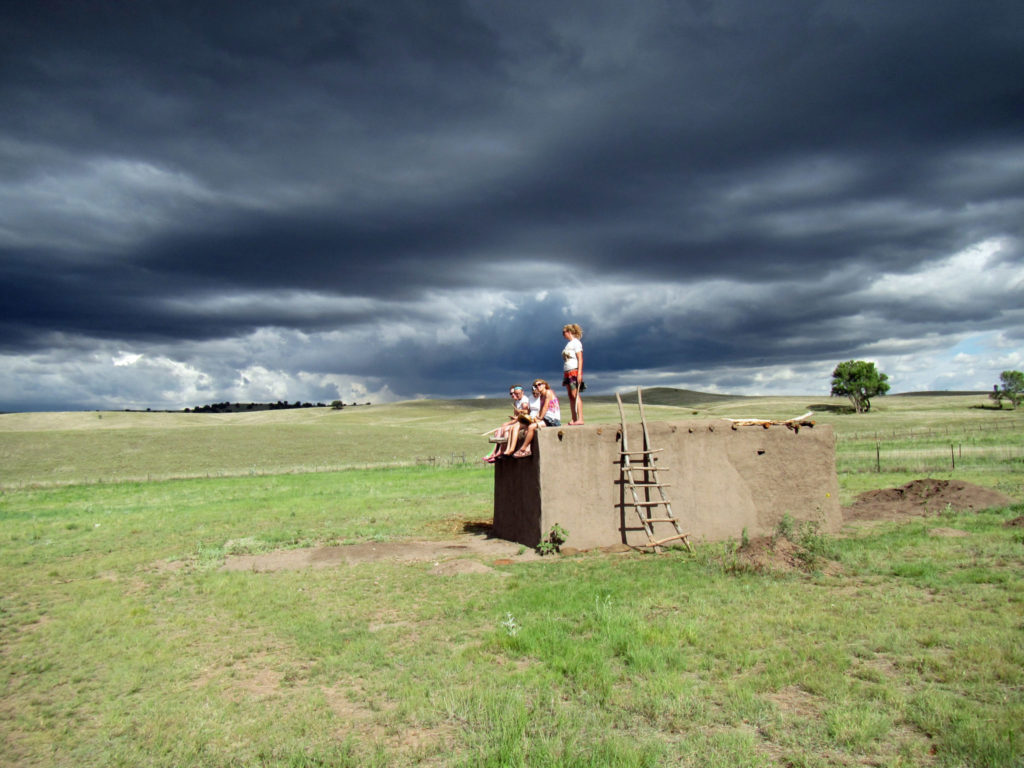
Cosmos citation: https://cosmosmagazine.com/history/palaeontology/the-big-five-mass-extinctions/. Accessed: 5/27/19 & 7/8/2022
Explore the News
-
Join Today
Keep up with the latest discoveries in southwestern archaeology. Join today, and receive Archaeology Southwest Magazine, among other member benefits.
